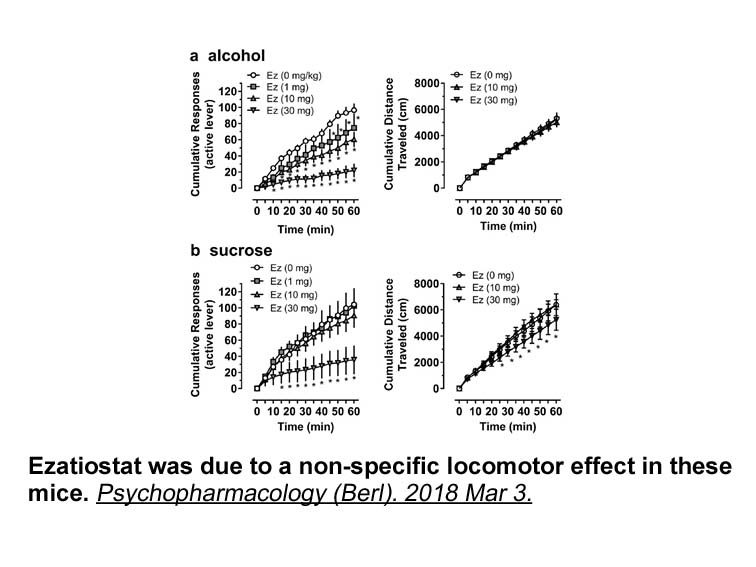Archives
br Financial Support We would like
Financial Support
We would like to acknowledge financial support by the National Natural Science Foundation of China (grant numbers 81672778 and 81372165) and Natural Science Foundation of Beijing Municipality (grant number 5142009).
Acknowledgements
Introduction
The process of spermatogenesis and consequently male fertility is dependent upon the somatic Lithium Citrate that are present in the testis. Leydig cells are essential because of androgen production, and Sertoli cells are absolutely necessary in order to provide an adequate and protected environment within the seminiferous tubules. Sertoli cell carbohydrate metabolism presents some interesting characteristics. Glucose is metabolized to lactate since germ cells situated beyond the blood testis barrier rely on Sertoli cell production of this hydroxyacid to obtain energy (Boussouar and Benahmed, 2004). Hence, glucose is not an essential source of energy for Sertoli cells; in fact it has been shown that this cell type can survive in culture for at least 48h in the absence of glucose (Riera et al., 2009). In this metabolic context, it has been shown that the oxidation of fatty acids (FA) can yield much of the energy required by Sertoli cells (Jutte et al., 1985).
Needless to say, FA must enter into the cell in order to be metabolized. One of the proteins involved in FA uptake is FAT/CD36, an integral membrane glycoprotein which has been found in a wide variety of cells (Abumrad et al., 1993, Coburn et al., 2000, Bonen et al., 2004). Once FA are incorporated into the cells, they are activated by covalently linking to coenzyme A forming an acyl-CoA derivative. Thereafter, the carnitine-palmitoyltransferase 1 (CPT1) is responsible for the entrance of acyl-CoA into the mitochondria where β-oxidation takes place (Rasmussen and Wolfe, 1999). β-oxidation involves the stepwise removal of acetyl-CoA molecules from the shrinking FA chain. The first step is the α-β-dehydrogenation of the acyl-CoA by a family of specific chain length acyl-CoA dehydrogenases (Ghisla and Thorp e, 2004). This family includes, among others, long chain (LCAD) and medium chain (MCAD) dehydrogenases. The molecular events necessary for FA oxidation are strictly controlled and their regulation varies within different tissues (McGarry and Foster, 1980, Lopaschuk et al., 1994, Rasmussen and Wolfe, 1999). Additionally, an association between FA oxidation and regulation of mitochondrial biogenesis in various tissues has been observed (Deepa et al., 2013, O’Neill et al., 2013, Santillo et al., 2013). To this respect, it has been shown that regulation of mitochondrial biogenesis is a crucial mechanism for cellular adaptation in response to hormonal environment and energy deprivation. For instance, induction of mitochondrial biogenesis can be observed in skeletal muscle in response to exercise (Joseph et al., 2006), in brown adipose tissue in adaptative thermogenesis (Butow and Bahassi, 1999) and in white adipose tissue during differentiation (Wilson-Fritch et al., 2003). In Sertoli cells, a cell type that utilizes FA as the main source of energy, it is reasonable to assume that the genes involved in mitochondrial biogenesis and those involved in FA oxidation may be somehow associated and regulated by hormones.
It is well known that Sertoli cells are under the control of follicle-stimulating hormone (FSH) and a plethora of locally produced factors (Gnessi et al., 1997). Basic fibroblast growth factor (bFGF), which belongs to the family of locally produced peptides, regulates several biological processes in a wide range of tissues and organs including the testis (Han et al., 1993). We have previously observed that FSH and bFGF regulate several mechanisms involved in lactate production in Sertoli cells (Meroni et al., 2002, Riera et al., 2002, Riera et al., 2003). However, the possible participation of these hormones in the regulation of FA metabolism and in mitochondrial biogenesis in Sertoli cells has not been analyzed yet.
e, 2004). This family includes, among others, long chain (LCAD) and medium chain (MCAD) dehydrogenases. The molecular events necessary for FA oxidation are strictly controlled and their regulation varies within different tissues (McGarry and Foster, 1980, Lopaschuk et al., 1994, Rasmussen and Wolfe, 1999). Additionally, an association between FA oxidation and regulation of mitochondrial biogenesis in various tissues has been observed (Deepa et al., 2013, O’Neill et al., 2013, Santillo et al., 2013). To this respect, it has been shown that regulation of mitochondrial biogenesis is a crucial mechanism for cellular adaptation in response to hormonal environment and energy deprivation. For instance, induction of mitochondrial biogenesis can be observed in skeletal muscle in response to exercise (Joseph et al., 2006), in brown adipose tissue in adaptative thermogenesis (Butow and Bahassi, 1999) and in white adipose tissue during differentiation (Wilson-Fritch et al., 2003). In Sertoli cells, a cell type that utilizes FA as the main source of energy, it is reasonable to assume that the genes involved in mitochondrial biogenesis and those involved in FA oxidation may be somehow associated and regulated by hormones.
It is well known that Sertoli cells are under the control of follicle-stimulating hormone (FSH) and a plethora of locally produced factors (Gnessi et al., 1997). Basic fibroblast growth factor (bFGF), which belongs to the family of locally produced peptides, regulates several biological processes in a wide range of tissues and organs including the testis (Han et al., 1993). We have previously observed that FSH and bFGF regulate several mechanisms involved in lactate production in Sertoli cells (Meroni et al., 2002, Riera et al., 2002, Riera et al., 2003). However, the possible participation of these hormones in the regulation of FA metabolism and in mitochondrial biogenesis in Sertoli cells has not been analyzed yet.